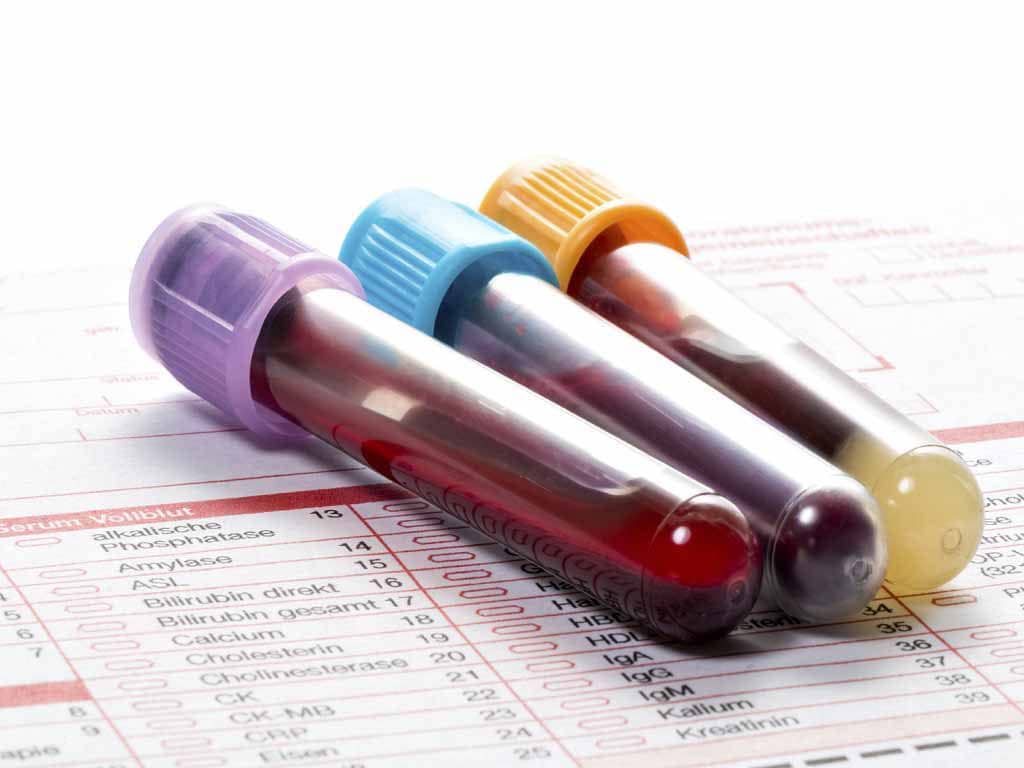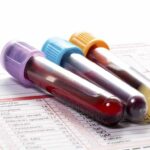Alcohol And Blood Tests: Overview And How It Works
28 February, 2024

Alcohol and blood tests go hand in hand because professionals can detect the presence of the substance using medical testing. Moreover, they can measure blood alcohol levels through the test. When someone consumes alcoholic beverages, it is metabolised in the liver into acetaldehyde and then into acetate. Eventually, it breaks down further and gets eliminated from the body. This process can affect some markers in the blood, allowing healthcare providers to detect alcohol through testing.
Heavy alcohol consumption or chronic alcohol intake can be detrimental. Drinking large amounts of alcohol can lead to an alcohol use disorder. Thus, regular blood tests can be beneficial in monitoring alcohol levels and assessing potential health risks associated with excessive drinking. Understanding the connection between alcohol and blood testing is essential. The following sections will present an overview of alcohol blood testing, how it works, and how to conduct it.
Overview of Alcohol and Blood Tests
Health professionals can detect alcohol in the body through blood testing. It measures the amount of alcohol in the blood. Also, medical practitioners utilise it to determine intoxication levels or monitor alcohol consumption. The most common alcohol and blood test is the ethanol blood test. It calculates ethanol concentration, the intoxicating ingredient in alcoholic beverages, in the blood. This test is valuable in legal matters to assess the level of alcohol consumption.
The liver function test is one of the other types of blood tests. It measures the levels of liver enzymes and proteins in the blood that the liver produces when it processes alcohol. Elevated levels of these markers may indicate alcohol abuse. It can also signify medical conditions like liver damage. Since the liver metabolises alcohol, this test can provide essential information about drinking habits.
In addition, healthcare providers can use the tests to identify liver damage, assess the risk of alcohol-related health conditions, and guide treatment decisions. Although blood testing for alcohol can be beneficial in certain situations, note that they have limitations and should be interpreted in the context of other clinical and laboratory findings.
Advantages of Blood Testing
- Blood tests can identify health conditions, like liver diseases and alcohol use disorders, at an early stage. Subsequently, this allows for prompt treatment and better outcomes.
- The test provides a detailed analysis of various components in the blood, such as glucose levels, cholesterol, and white blood cell count. This helps assess overall health.
- Regular blood tests can help monitor chronic conditions, such as diabetes or high cholesterol, to ensure treatment plans are effective and prevent complications.
- Blood alcohol testing is one of the most accurate ways to detect alcohol consumption, as the blood can show alcohol levels more accurately than breath or urine tests.

How Alcohol and Blood Tests Work
When people consume alcoholic drinks, the substance is absorbed into the bloodstream through the walls of the stomach and small intestine. Once in the bloodstream, the alcohol is carried to various organs and tissues throughout the body. The liver plays a crucial role in breaking down alcohol through metabolism. This process transforms the alcohol into byproducts that the body can eliminate while also producing substances that can be harmful if they accumulate.
Alcohol and blood tests can detect alcohol consumption over some time. Often, healthcare providers and authorities utilise them. The test can measure the Blood Alcohol Concentration (BAC) level. This indicates the amount of alcohol in the blood at a specific moment. Professionals typically measure BAC levels as a percentage, with 0.05% being the legal limit in Australia.
The effects of alcohol can lead to impairment in judgment, coordination, and reaction time. This is especially true with heavy alcohol consumption because it can slow down the central nervous system and interfere with brain function. This can be dangerous, particularly when operating machinery or driving a vehicle. Hence, moderate drinking is necessary.
Factors Affecting Alcohol Detection in Blood
Factors affecting alcohol detection in the blood include how much alcohol a person consumes. Excessive amounts can lead to a higher blood alcohol content level. Thus, healthcare professionals will find it easier to identify ethyl alcohol or ethanol in a blood test.
Other factors affecting how quickly the body metabolises alcohol are body weight and overall health. For instance, heavier individuals may have a higher tolerance to alcohol. Consequently, they may take longer to reach detectable BAC levels than someone who weighs less. Meanwhile, a fatty liver can also slow down the metabolism of alcohol, leading to higher BAC levels for lengthier periods.

How to Conduct Alcohol and Blood Tests
To conduct alcohol and blood tests, people should go to a medical facility, as only healthcare providers can administer this type of testing. Labs or collection centres have the essential tools and expertise to properly collect, analyse, and interpret blood samples for alcohol content. This ensures that individuals receive accurate results they can use for legal or medical purposes.
Professionals will gather the supplies. Then, they will locate a suitable vein, disinfect the area with an alcohol swab, and use a lancet to draw a small blood specimen. Afterwards, they will store the sample in a collection tube to properly store the blood for analysis. Technicians will label the container with pertinent details for future reference and record keeping.
Once medical practitioners secure the sample, they will transport it for laboratory tests. Also, they dispose of used materials properly. They also clean and sterilise all equipment. They need to follow proper protocol and safety measures when handling blood samples to ensure the accuracy and reliability of the test results. Additionally, they follow applicable legal and ethical standards when conducting testing.
Process of Sample Collection
When collecting a blood sample for alcohol testing, medical personnel will clean the area with alcohol and insert a needle into a vein to draw the blood. Then, they collect the specimens into a specialised tube. They seal the container to prevent contamination. Afterwards, they label it before sending it to the lab for analysis.
The process is quite intrusive since it involves inserting a blood draw. This can be uncomfortable for some individuals. However, it is necessary to measure the amount of alcohol in the bloodstream accurately. A blood alcohol level test gives a more precise picture of alcohol consumption than other methods.
Conclusion
Alcohol and blood tests are crucial tools in determining the blood alcohol content and level of intoxication. These tests provide a quantitative measurement of alcohol levels in the blood, which can assess the impairment of an individual. Also, it can prevent and treat alcohol abuse. The test works when a person consumes alcohol. Then, it is absorbed into the bloodstream. The liver metabolises the alcohol, breaking it into byproducts that professionals can detect in the blood.
To conduct blood alcohol tests, medical practitioners collect the sample by inserting a needle in the vein of the arm. Then, they label, seal, and send the specimens to a lab for analysis. Typically, law enforcement officials and healthcare providers utilise alcohol blood tests to monitor and enforce alcohol consumption regulations. Elevated levels of alcohol can indicate impairment and potential danger to oneself and others, leading to legal consequences. Therefore, testing is necessary.






























